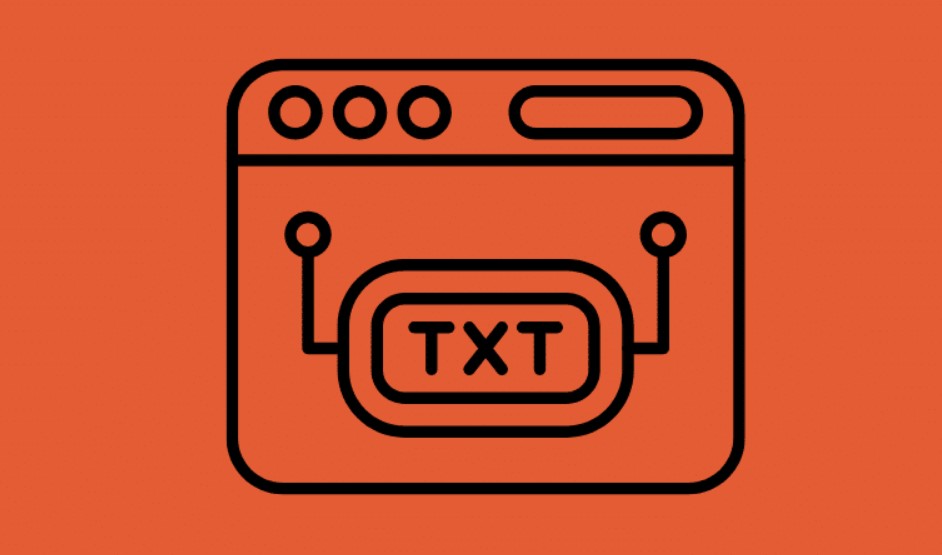Published by NewsPR Today | July 2025
Cloudflare’s Bold Move: Pay-Per-Crawl for a Faster, Smarter Web
Cloudflare has launched a new feature called Pay-Per-Crawl. It lets website owners decide if search engines or AI bots can access their site’s content.
Instead of bots automatically scraping everything, website owners can now choose to let them in for free, block them completely, or charge a small fee each time the bot visits.
It works by using a system where bots either pay up (through a digital payment setup) or get blocked with a “payment required” message.
This could mean websites use less data, since bots won’t be endlessly crawling their pages. It also means website owners can keep their content fresher and have more say over who sees it and when. It’s in early testing (private beta), and some big names, like news sites, are trying it out. But it’s not clear yet how well it’ll work for smaller websites or if search engines and AI companies will play ball.
Related Article: Google Search Just Changed Forever in India. Say Hello to AI Mode!
Crawling, Indexing, and the Traditional SEO Stack
Before exploring why this is revolutionary, let’s examine how traditional web crawling works.
How Web Crawlers Work (And Why They’re Inefficient)
Search engines like Google use web crawlers (or bots) to discover and index content across the web. These bots routinely visit websites, scan content, and store a copy in their index. This is how search engines know what’s on your page when someone searches for related keywords.
But here’s the problem:
- Bots crawl even when nothing has changed.
- They consume server resources — sometimes more than human visitors.
- They don’t know which pages are most important, unless you tell them via SEO signals or a sitemap.
Imagine if your neighbourhood postman kept ringing your doorbell every hour just to check if you had new mail to send. That’s how inefficient today’s web crawling is.
Related Article: Big Google Update: AI Search Expands in India & Major Tools for Advertisers
Why the Current Model Is Broken
Cloudflare analyzed traffic patterns across millions of sites and found that bots make up more than 30% of total web traffic, much of it from crawlers that revisit content that hasn’t changed. This is a waste of bandwidth, energy, and time.
“Legacy crawling is inefficient. Bots hammer websites repeatedly just to guess if content has changed.” — Cloudflare Official Blog
For publishers and platforms, this means increased server load, higher infrastructure costs, and missed opportunities to serve real users better. For search engines, it’s a guessing game that leads to stale results and delayed indexing.
Enter Pay-Per-Crawl: The New Way to Be Seen
With Pay-Per-Crawl, Cloudflare flips the model.
Instead of bots pulling data, websites push updates when content changes — using a secure API, known as Crawler Hints. Search engines receive these signals and only fetch the content they need when they need it.
“Rather than endlessly polling a website, search engines can now receive fresh content directly through a push-based model.” — Cloudflare Engineering Announcement
This is paired with Cloudflare’s API gateway to ensure secure, authenticated, and rate-limited access. It creates a win-win:
- Publishers save on bandwidth and infrastructure.
- Search engines get fresher data and lower latency.
- Users get more relevant, up-to-date results.
Could This Replace Traditional Crawling?
Not entirely — yet. But it’s already showing signs of becoming a parallel channel for real-time indexing, especially for large publishers, e-commerce sites, and content-heavy platforms.
Related Article: Google Search Just Changed Forever in India. Say Hello to AI Mode!
Think of it as an upgrade to the old RSS model, but smarter, more secure, and with real-time API capabilities.
Major platforms like Bing and Yandex have already signed on, and Google has hinted at potential adoption in the future.
What This Means For You
If You’re an SEO Professional or Content Strategist:
- Start monitoring how often bots crawl your site — you might be wasting bandwidth.
- Ask your developers or hosting providers about Crawler Hints support via Cloudflare.
- Prepare for faster indexing of critical content, especially time-sensitive posts, product updates, or breaking news.
If You Manage Infrastructure:
- Expect a drop in bot-driven server load, freeing resources for real users.
- Set up API rate limiting and logging to track crawler requests more effectively.
If You’re a Marketer or Business Leader:
- This could change how content freshness is factored into your SEO strategy.
- You no longer need to guess when bots will see your updates — you can push them out instantly.
- Early adopters may gain a competitive edge in fast-moving industries.
Final Thoughts: The Future Is Push, Not Pull
Cloudflare’s Pay-Per-Crawl may sound like a minor backend tweak, but it has far-reaching implications for how the web is discovered and indexed. For decades, we’ve accepted the inefficiencies of bot-driven discovery. Now, there’s a real, scalable alternative.
If this becomes widely adopted, it could redefine SEO best practices, reshape web infrastructure, and even influence how platforms prioritize content.
Pay attention. This is the future knocking on your server, not your door.




